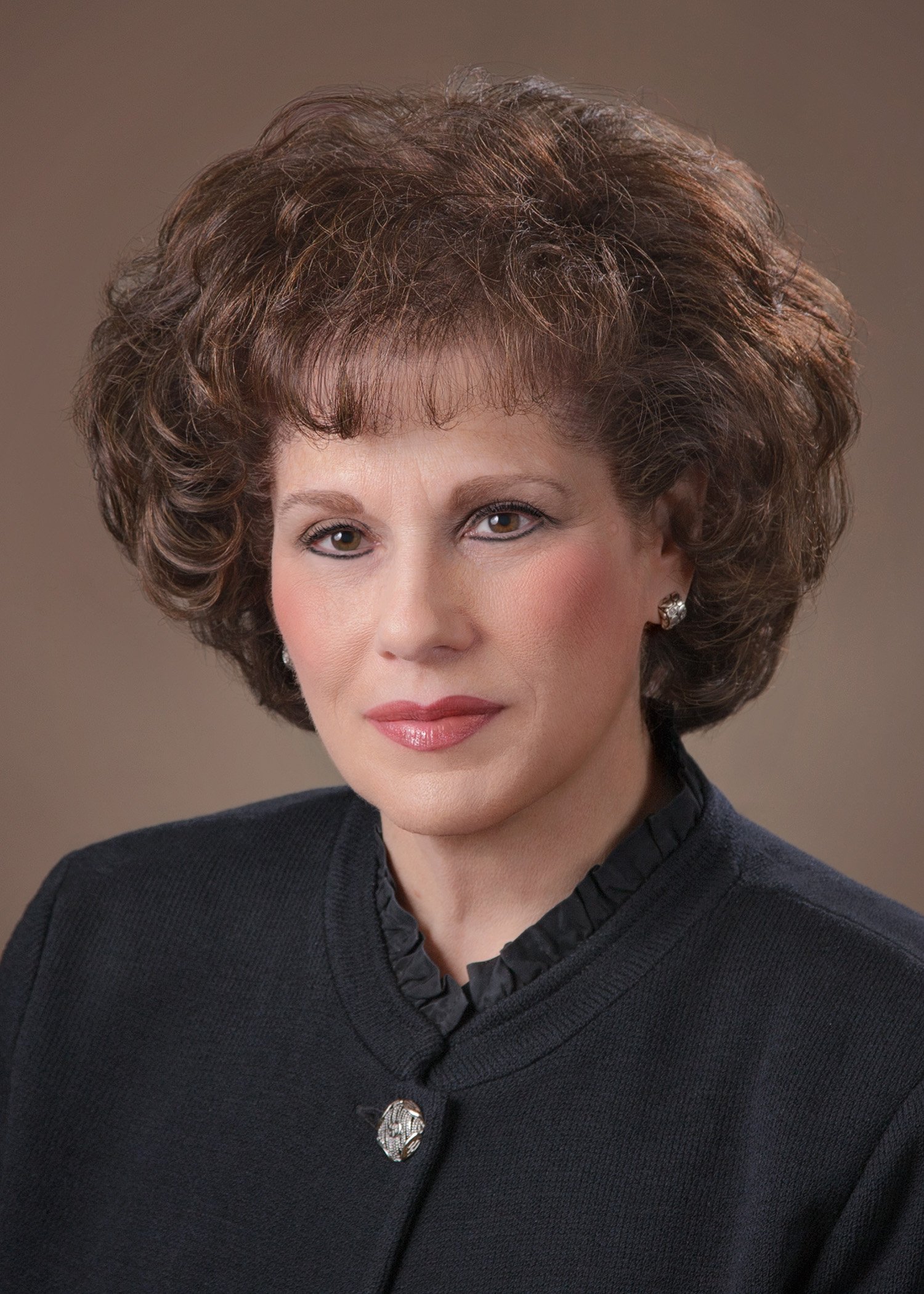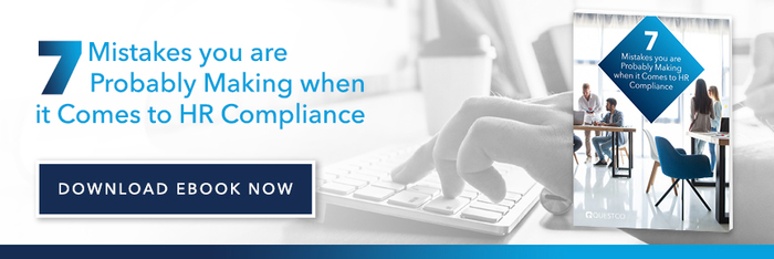Topic Retirement & 401(k)
The Advantages of PEO 401(k) Retirement Plans
.png)
August 10, 2022 | By Wendy Katz
.png)
Studies are confirming something you already know: it is alarmingly difficult to find top-talent employees. We’re experiencing the highest shortage in more than a decade, with 80% of U.S. companies reporting a deficiency in talent. In response, employers are being pushed to maximize their appeal and offers.
A key to attracting top talent is offering great employee benefits and investment options. More specifically, benefit plans that include retirement plans and retirement plan services.
Why offer a 401(k) retirement plan?
From a competitive standpoint, you should offer 401(k) retirement plans because potential hires want them. According to Access Perks, 81% of employees said retirement benefits make up a major portion of job search.
Employee benefits
Employees benefit from financial stability and a concrete savings plan that will help their future after work. Many employees have trouble putting money aside that isn't automatically withdrawn from their paychecks. In fact, 92% of American workers with 401(k) plans have reported that having a payroll deduction helps them save.
According to AICPA, when employees were asked which benefits would help them meet their financial goals, 56% cited a 401(k) match.
Not to mention, contributions are tax-free until distribution and often matched by the employer.
Employer benefits
Likewise, employers also benefit from offering 401(k) plans. First and foremost, there is the benefit of 401(k)'s come tax time that you won't want to miss out on.
The IRS highlights two tax advantages for employers:
- Employer contributions are deductible on the employer's federal income tax return to the extent that the contributions do not exceed the limitations.
- Elective deferrals and investment gains are not currently taxed and enjoy tax deferral until distribution.
Then there is the benefit of vesting. If you implement graded or cliff vesting into your plans, you can give employees an extra incentive to stay with your company until they have full ownership of their 410(k).
If this sounds confusing or time-consuming, that’s because it is.
Luckily, there is a solution that makes retirement plans more affordable and eliminates the liability most employers take when offering plans.
What is a PEO?
A Professional Employer Organization (PEO) is a full-service human resource outsourcing firm. A PEO performs various administrative tasks like processing and filing payroll taxes, training, and giving guidance on different processes on behalf of your business.
What differentiates PEOs from other HR outsourcing services is their Return-on-Investment. The average PEO has an ROI of 27.2%. These savings come from accessing the PEO's master benefits plan which was negotiated by experts using economies of scale. Similar types of savings are available also for retirement plans.
What is a PEO Retirement plan?
A PEO retirement plan is when you are partner with a Professional Employer Organization that gives you the option to take advantage of a Multi-Employer Plan (MEP). It allows you to outsource your fiduciary liability over plan assets for protection, while also reducing administrative costs related to offering the plan.
Multi-Employer Plan (MEP)
An MEP is a retirement savings plan available to multiple employers and administered by a Multi-Employer Plan sponsor, who is accountable for all the administrative responsibilities. The idea is to reduce the burden of expenses to encourage more businesses to offer employee benefits.
Groom Law Group reports that, in 2019, the government issued an executive order that "directed DOL [and the IRS] to consider issuing regulations or other guidance to make it easier for small and mid-size businesses, including those with non-traditional employment structures, to participate in MEPs." In response, DOL, "issued a proposed regulation to supersede its prior guidance and clarify when a group or association, or a PEO, would be acting as an 'employer' under ERISA that may sponsor an MEP."
The Department of Labor (DOL) regulations state that only bona fide PEOs are permitted to sponsor single defined contribution multiple employer plans. This applies to PEOs that perform substantial employment functions on behalf of client employers and is determined based on a facts and circumstances test.
Customizable
One of the benefits of MEP is that it's customizable. The client chooses eligibility conditions, age limits, vesting, hour requirements, and entry gate (1st of the month vs. end of the quarter).
Then, the match is customizable, allowing the employer to choose to make a:
- Discretionary match — employers choose the percentage to match and can adjust when they see fit.
- Safe harbor contribution — employers make annual contributions on behalf of employees, and they're immediately vested. In light of the SECURE Act, it's "easier for small businesses to set up 401(k)s by increasing the cap under which they can automatically enroll workers in safe harbor retirement plans from 10% of wages to 15%."
- Basic employer contribution — employers make the basic contribution up to 100% of what their employees invest into their accounts.
What are the benefits of a PEO Retirement Plan?
There are several benefits of a PEO Retirement Plan, but four should be specially noted.
1. Reduced Fees
Employee asset-based fees are lower since a MEP has more assets than any individual employer has on their own. Employers also don't have to pay a CPA or similar professional for an annual audit.
2. Compliance
The PEO takes responsibility for keeping retirement plans compliant no matter how it is customized. The PEO also handles reports and disclosures. This allows employers to spend more time growing their business and less time stressing over regulations and paperwork.
3. No Fiduciary Responsibility
PEO takes up all liability for transactions and funds associated with the plan. That means employers can be guaranteed that their employees are taken care of with a PEO's 401(k) plan without the liability risks associated.
4. Less Administrative burden
In the case of administrative duties associated with the plan, it can be a headache to keep up. Fortunately, PEOs take this burden off of employers, including responsibilities like:
- Annual discrimination audit testing
- Loan deduction and review
- Safe harbor contribution reconciliation
- Filing of 5500
- Distributions
What is an Alternative to a PEO Retirement Plan?
An alternative to the PEO retirement plan is a Pooled Employer Plan (PEP). A PEP allows different unrelated companies to take part in one plan that's sponsored by a third-party Pooled Plan Provider (PPP). Companies under the PEP can vary in size and industry, making it accessible for more businesses.
However, it is worth noting that PEP providers can sometimes have specific criteria for their PEP eligibility requirements to join the plan.
What are the Benefits of a MEP Over a PEP Retirement Plan?
MEP retirement plans offer numerous benefits over PEPs. Some of the major ones are:
1. Reduced Cost in Comparison to PEPs
The cost of doing audits reduces significantly because there is no need to pay for a CPA or professionals of the same kind to do it. The general employee asset fees are lower because the MEP avails more assets than one employer.
2. Compliance
The MEP handles the retirement plan disclosures, reports, and compliance issues. It gives employers ample time to focus on the growth of their business without having to worry about anything.
3. No Fiduciary Responsibility
MEPs assume full responsibility and liability for all transactions and money tied to the plans. Therefore, it reduces liability risks. The MEP 401(k) plans ensure that employees are well covered, which removes the burden from the employers.
4. Less Administrative Burden
It is undoubtedly very demanding to properly take care of the administrative tasks that align with retirement plans. MEPs help to overcome this challenge by assisting with tasks like Annual discrimination audit testing, loan deduction and review, Distributions, Filing reports, and Safe harbor contribution reconciliation.
Retirement Plans without the Hassle
Nowadays, employers need to offer retirement plans to attract and retain employees. The problem for many is that it can get incredibly complex and difficult to manage. That is why so many employers look to PEOs to make their decision much easier. It's the best of both worlds — employees are satisfied with their benefits, and the complexities of offering a 401(k) are outsourced to PEOs.

Wendy Katz
Wendy Katz is the Chief Financial Officer at Questco Companies. Wendy is aiding our clients’ drive for profitability and compliance by providing pragmatic insights and sound financial solutions to constantly evolving HR challenges.




